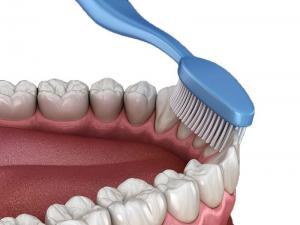Burlington Smiles Dental provides comprehensive specialist treatments including conventional scaling and root planning as well as bone and gum grafts (augmentation). It is a procedure used to repair or replace tissues lost due to disease, trauma or congenital defects. Its aim is to increase the amount of available bone and/or gum preserving further loss of your own tissue and to facilitate implant placement. It can also be used to maintain the health of your teeth, gum and jaw over the long run and to improve on the cosmetic appearance of your teeth and gum. In addition, it will facilitate other procedures that you may need immediately or in the future.
When do I need bone augmentation or gum treatment ?
There are many situations where you will benefit from such grafting procedure including the following:
Periodontal (gum) treatment: plaque destroys the bone and other supportive structure of teeth.
Gum recession : Root of tooth is exposed
Dental implant: when the amount of bone and /or gum available is not adequate for implant insertion.
Tooth extraction: extracting a tooth results in massive damage to the jawbone. Approximately 50% of the ridge width and up to 1mm of ridge height can be lost within the first year. Most of this resorption takes place within the first three months after extraction. This can have negative result on future implant placement, create gaps under bridge restoration and allows food trap and hinder oral hygiene. Grafting will help eliminating all of the above complications.
What can the specialist use for bone & gum augmentation?
For gum graft, usually a small piece of gum from the roof of the mouth is moved to a place it where it is needed.
Alternatively, other materials are used with high success rate to solve your problem. Most of these bone fillers are composed of hard minerals that have structure very similar to that of bone.
The material works as a scaffold which serves as a guide-rail to allow new bone to grow. Frequently, a combination of your own bone and the bony fillers is used.
In order to achieve undisturbed bony healing, the bony fillers are covered with a special membrane. Then, a healing period is needed to allow new bone to grow.
Does it work?
Using this technique is highly predictable in specialist hands. Grafting procedures have been performed for more than a century. Bone is the most commonly transplanted tissue. The possibility of incompatibility of the fillers is limited to a few mild individual cases.

